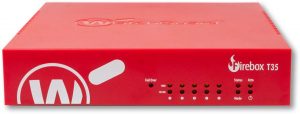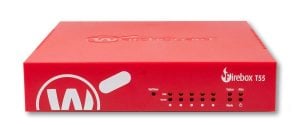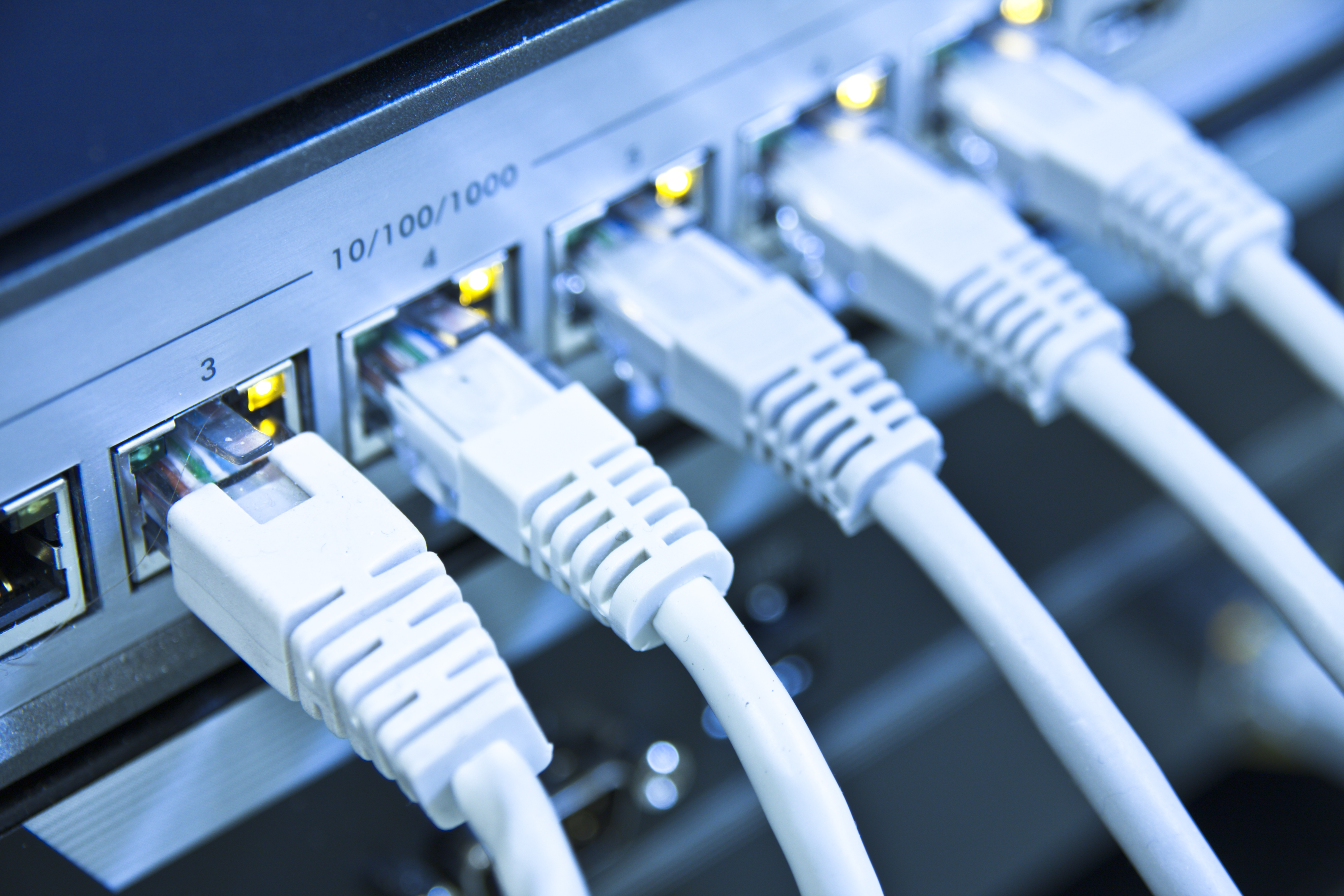The cyber threat landscape is growing faster, more elusive, and more complicated every day. Small businesses and enterprises alike struggle with real headaches regarding the dizzying amount of security services, solutions, add-ons, and subscriptions they patch together to achieve comprehensive protection.
The need to bundle a suite of robust security services into a uniform and unified security platform is greater than ever. Fortinet offers a long list of advanced security services that work together in unison to form the Fortinet Security Fabric, taking some pressure off organizations tired of building network security Frankensteins out of disparate pieces.
Below, we’ll go over some of Fortinet’s most advanced FortiGuard malware & zero-day squashing services and outline exactly how easy it is to make them all work together as a single, well-oiled machine.
1 – FortiGuard Application Control
With so many organizations relying on third-party applications for critical business functions, being able to easily assign rules to police them is crucial. Fortinet’s FortiGuard Application Control Service lets network administrators quickly allow, deny, or restrict applications on the fly. FortiGuard Application Control allows for fine-tuning of custom policies based on application categories and grants control over thousands of the Internet’s most common applications. Optimizing bandwidth to individual applications means prioritizing traffic to the apps that a business relies on while de-prioritizing less important ones. Security is further enhanced with the ability to completely block access to known risky applications.
Traditional firewalls are often only able to identify ports, IP addresses, and protocols, leaving much to be desired when it comes to visibility. Visibility into application usage through Application Control allows decision makers to see which apps are being used most often, how usage trends over time, and usage statistics at a glance through convenient reports. Best of all, this visibility takes place in real time.
2 – Content Disarm & Reconstruction
Fortinet’s Content Disarm & Reconstruction (CDR) is a personal bomb squad on your firewall. With advanced threats such as malware cocktails and zero-day exploits constantly evolving to find new vulnerabilities, you can never be too safe when opening files. Data is sanitized by CDR, making signature-based and reputation-based scanning a thing of the past. All active content in an incoming file is treated like a threat and removed, leaving you with a flat file bereft of any data elements that do no match up with firewall policies. The potential of any malicious content in a file is stripped out and tossed aside, and on the other side, users receive a clean, trusted version. CDR prevents cyber threats through some of hackers’ most common routes: email, web browsers, file servers, FTP, webmail, and more.
3 – FortiSandbox Cloud
Most cybersecurity vendors are now sporting their own sandbox appliances and services, but Fortinet’s FortiSandbox Cloud makes life easy for small businesses looking to avoid complex deployments. FortiSandbox is a cloud-based option that gets to work straight out of the “box” and integrates with a wide range of your Fortinet products like FortiGate, FortiMail, FortiWeb, and FortiClient. Extending protection to these areas is as easy as a single click.
Unknown threats are no longer able to sneak past the usual security controls provided by an NGFW. Instead, suspicious code is observed in a simulated environment and receives a security verdict depending on behavior before passing onto your network. Unlike other resource-hungry sandbox options on the market, Fortinet speeds up advanced threat detection by employing prefilters, real-time threat intelligence, and integration with the Fortinet Security Fabric to minimize volume of scanning.
4 – Intrusion Prevention Service
Data breaches are becoming more and more common and criminals are aiming for increasingly larger targets–for example, the entire population of Ecuador. With much of the business world under constant barrage, the ability to defend the network perimeter and the divisions between network segments is more important than ever. FortiGuard Intrusion Prevention Service (IPS) protects against network intrusions by detecting and blocking threats before they can reach devices. With multiple inspection engines, FortiGuard IPS also has minimal impact on performance speeds.
Real-time threat intelligence from FortiGuard Labs is automatically streamed to your NGFW, providing it with up-to-the-minute data on emerging threats observed all around the globe. Fortinet’s threat intelligence research team creates over a thousand new rules for intrusion prevention every week.
5 – Virus Outbreak Protection Service
FortiGuard Virus Outbreak Protection adds new layers of protection to existing FortiGuard AntiVirus capabilities by subsidizing threat intelligence with third-party malware signature blocks, curated by FortiGuard. Protection against unknown threats and zero days requires quick reactions from your network. Virus Outbreak Protection stops virus outbreaks even if signatures are not yet available from FortiGuard and prevents outbreaks until new signatures become available. This is accomplished by using checksums to filter files, effectively using hash values from third-party sources to determine probable virus files. This collaborative approach puts the intelligence of multiple antivirus services behind your security.
What’s the Easiest Way to Get Them All?
If you’re looking to add these robust services to your security posture, you’re in luck: all five services are included in both Fortinet’s UTM Bundles and Enterprise Bundles. FortiGuard bundles combine all of the foundational security services that you expect with a standard unified threat management system, then bolster them to new heights with fortified zero-day protection, sandboxing capabilities, mobile protection, and more. FortiGuard Bundles consolidate all of Fortinet’s advanced product offerings into one affordable price-point, making it a one-stop solution for businesses of all sizes.











